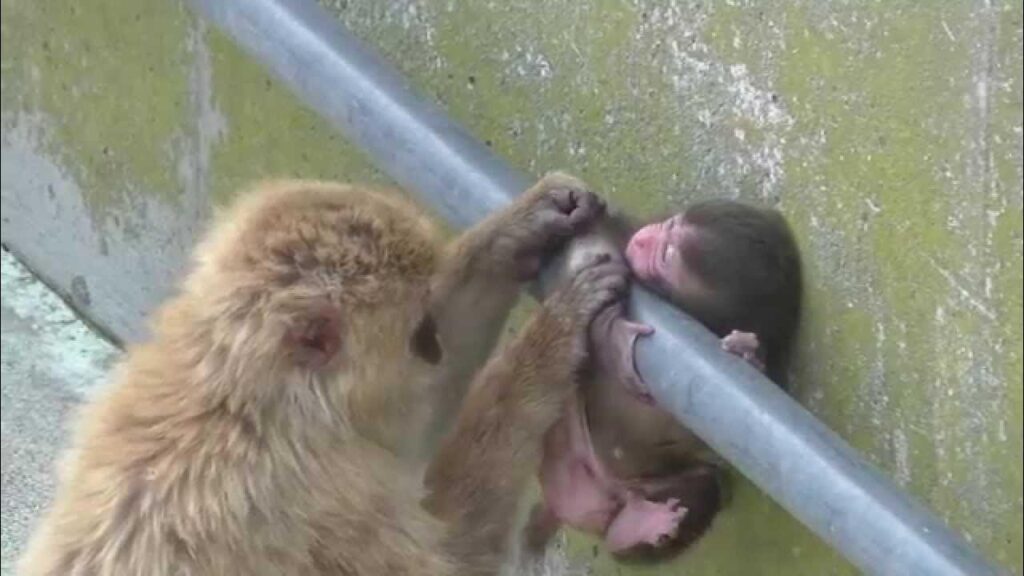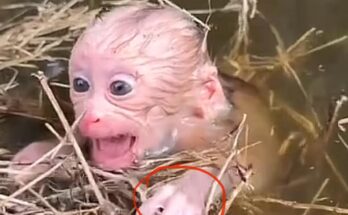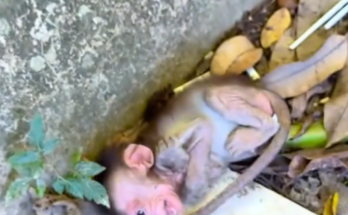
On July 20, 2015, a tiny new life brought joy and excitement to visitors and staff alike at Kushiro Zoo in Hokkaido, Japan. This day marked the 23rd day of life for a baby monkey—one of the zoo’s most delicate and adorable additions at the time. Born in late June, this young primate was part of the zoo’s ongoing efforts to support breeding and conservation of endangered and native species.
Known as “No. 8” in the zoo’s internal records, this infant monkey was already beginning to display signs of a developing personality, despite its tiny size and gentle nature. At just over three weeks old, the baby remained close to its mother, relying on her warmth and nourishment. Observers noted the deep bond between mother and baby—a vital connection during these early, formative days.
Kushiro Zoo is renowned for its dedication to animal welfare and education, and the birth of a baby monkey was seen not only as a success for the zoo’s primate program but also as an opportunity to connect visitors to the fragile beauty of animal life. Families and tourists gathered near the enclosure, watching with fascination as the baby clung tightly to its mother’s belly, its wide, curious eyes taking in the world for the very first time.
Keepers monitored the health and growth of the baby daily, recording milestones in feeding, movement, and interaction with the troop. Even at such a young age, baby monkeys begin developing important social behaviors by watching older members of the group. At 23 days old, No. 8 was just beginning to lift its head more confidently and show awareness of its surroundings.
Though the baby was unnamed at the time, many visitors affectionately referred to it with nicknames, often inspired by its expressive face or tiny hands. Some speculated on whether the little one would grow to be bold and adventurous or remain shy and reserved like its mother.
Beyond the heartwarming sight of a newborn animal, this moment highlighted the vital role that zoos like Kushiro play in education and conservation. Every birth is a reminder of what’s at stake for primates and many other species threatened by habitat loss, climate change, and illegal wildlife trade.
For those lucky enough to have visited Kushiro Zoo in the summer of 2015, witnessing the baby monkey at 23 days old was a moment of quiet awe—a glimpse into the beginning of life and the universal bonds between mother and child.


